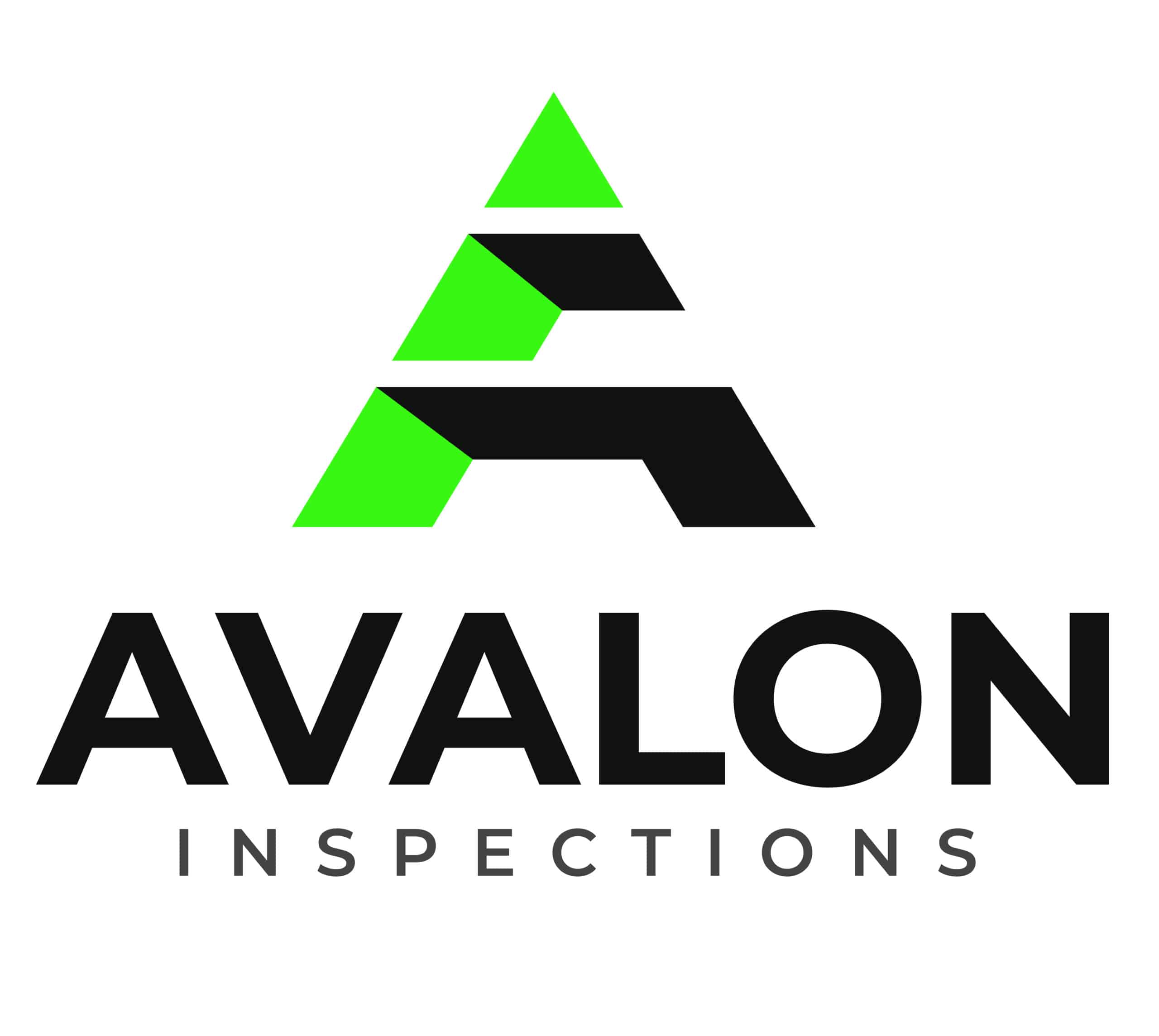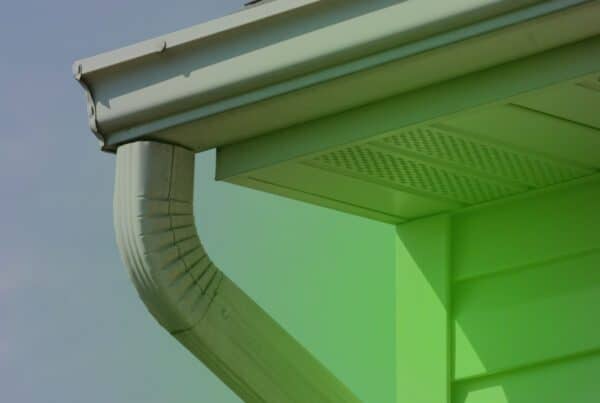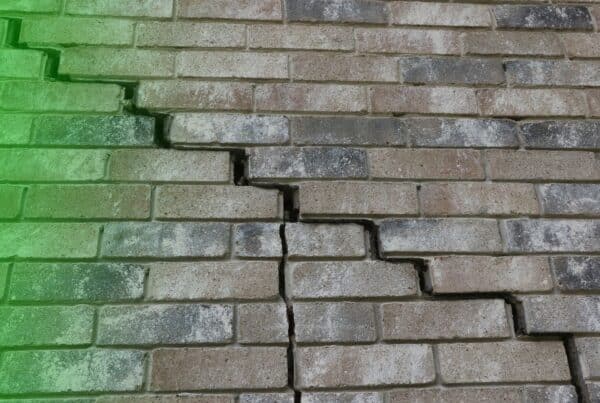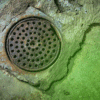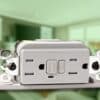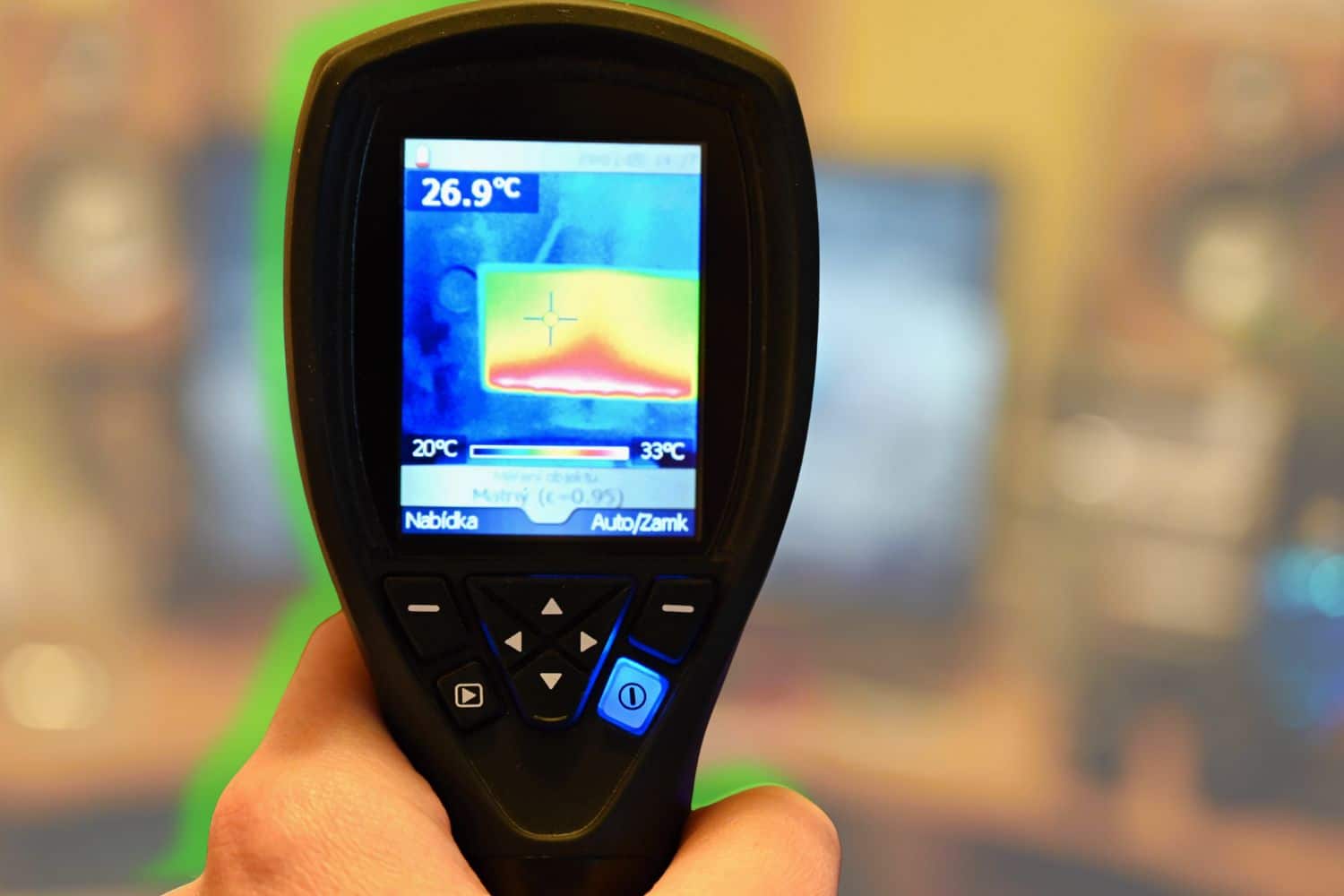
Understanding the meanings and uses of infrared vs thermal imaging can help you see how the tech uncovers issues before they turn into expensive repairs.
A standard home inspection shows what the eye can see, but many problems stay hidden until they cause serious damage. This is where advanced tools come in.
Understanding the Technology
Infrared imaging is a broader category of imaging. It detects light wavelengths that our eyes cannot see and captures that data in a way we can interpret. Thermal imaging is a specific type of infrared technology.
Instead of measuring all kinds of infrared light, it focuses on heat radiation coming off surfaces and turns that data into a thermogram, or a color-coded picture of temperature differences.
In home inspections, thermal imaging cameras often display warmer areas in reds, oranges, or yellows and cooler areas in blues or purples. Those color patterns can point to things like:
- Moisture that has cooled a section of drywall
- A missing patch of attic insulation
- An electrical connection that is running too hot
- Air leaking around window frames or under doors
Sealing air leaks and improving insulation can save homeowners up to 20% on heating and cooling costs.
Without a tool that can detect subtle temperature changes, these problem areas can easily be overlooked.

Infrared Imaging: Beyond Heat Patterns
Thermal imaging is the most talked-about application of infrared, but it is not the only one. Some infrared tools are designed to highlight differences in building materials, surface conditions, or even structural composition.
These can be useful in spotting pest activity, identifying previous repairs that were not disclosed, or checking certain roofing materials for early signs of damage.
An inspector who uses both approaches can often provide a more complete analysis than one relying only on what they can see and touch.
Infrared vs Thermal Tech in Inspections
| Feature | Infrared Imaging | Thermal Imaging |
|---|---|---|
| Primary Purpose | Captures non-visible light wavelengths | Detects heat and temperature variations |
| Output | Images showing differences in material or light | Color-coded thermograms based on temperature |
| Common Uses | Material analysis, pest detection, moisture checks | Moisture detection, insulation gaps, electrical hot spots |
| Inspection Role | Broader applications across building systems | Highly targeted for finding hidden energy loss or damage |
In practice, most homebuyers will encounter thermal imaging more often because it gives clear visual proof of hidden issues.
Infrared in its broader sense is still important, especially in specialized inspections or certain commercial properties.
Why It Matters for Buyers and Homeowners
If you are buying a home, an inspection that includes thermal or infrared imaging can uncover issues you would never spot during a showing.
That information can help you negotiate repairs before closing or plan for them after you move in. If you already own your home, these scans are valuable for preventive maintenance.
Imagine finding a small water leak in the wall before it turns into a $7,000 repair bill. According to the Insurance Information Institute, that is the average cost of water damage restoration.
Or picture discovering that a third of your heated air is escaping through a poorly sealed attic hatch. Fixing these issues early saves you money and frustration.
Limitations You Should Know
It is important to remember that these tools are not magic. They cannot see through walls, and they only detect differences that are measurable at the time of the scan.
If the temperature inside and outside is nearly the same, it may be harder to spot insulation problems. Moisture that has completely dried will not show a temperature difference.
That is why the most accurate results come from combining these tools with a thorough visual inspection and an experienced eye.
Examples of Thermal Imaging Findings
During a home inspection, thermal imaging might reveal:
- Hidden water damage: Dark blue areas in a thermal image can indicate a cooler, damp section of a wall or ceiling.
- Insulation gaps: Uneven color patterns in an attic scan can show exactly where insulation is missing or compressed.
- Electrical concerns: Bright yellow or white spots on an outlet or breaker panel can indicate overheating.
- Air leaks: Clear patterns around door frames or recessed lights often point to air escaping into unconditioned spaces.
Each of these discoveries can lead to a targeted repair that prevents larger problems later.
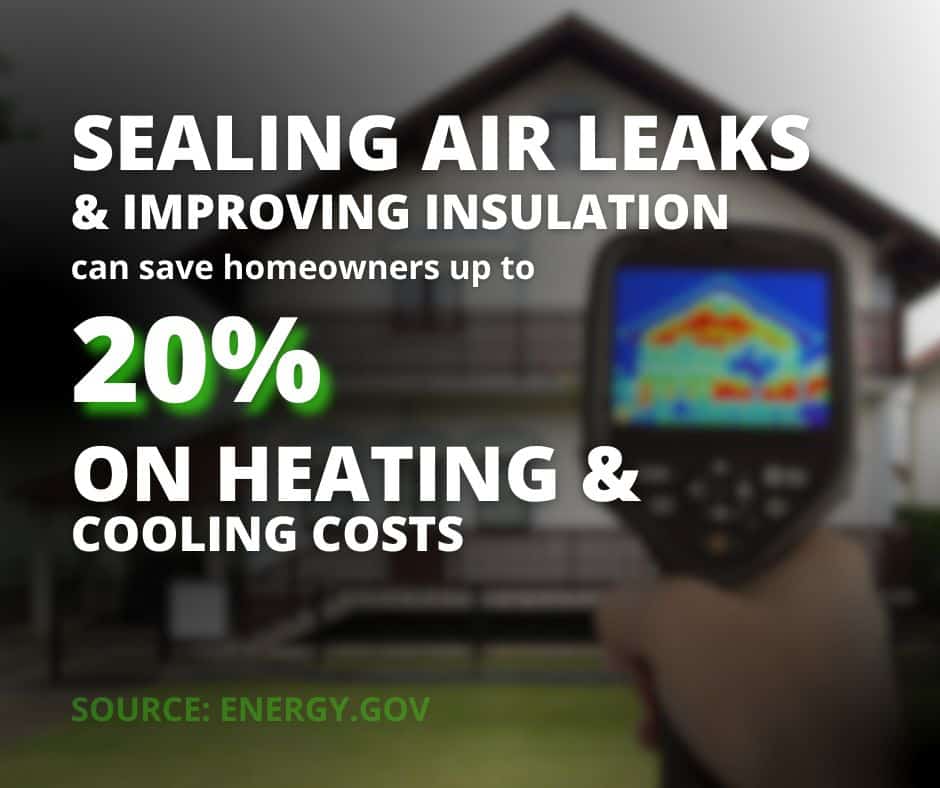
The Added Inspection Value
For many clients, the most valuable part of infrared and thermal imaging is the documentation. A written report is one thing, but seeing a color-coded image of a moisture problem makes the risk tangible.
It also makes it easier to work with contractors or insurance companies because you have visual evidence to support the need for repairs.
Energy efficiency is another benefit. The EPA notes that reducing air leaks improves indoor air quality, lowers utility costs, and reduces humidity levels, which in turn helps prevent mold growth.
Other Related Questions
Does every inspector offer thermal imaging?
No. The equipment is expensive and requires training, so some inspectors offer it as an optional service.
Can thermal imaging detect mold?
Not directly. It can find moisture that may lead to mold, but lab testing is needed to confirm mold presence.
When is thermal imaging most effective?
When there is a clear temperature difference between indoors and outdoors, such as in summer or winter.
When to Call a Professional
You should call a qualified home inspector who offers both infrared and thermal imaging if:
- You are buying a home and want to detect hidden defects before closing
- Your home has a history of leaks, foundation issues, or insulation problems
- You have noticed higher utility bills without a clear cause
- You suspect electrical issues but see no visible damage
- You are preparing to sell and want to address hidden concerns before they become negotiation points
Avalon Home Inspections can combine infrared imaging with a detailed visual inspection, giving you a clearer and more accurate picture of your property’s condition.
Conclusion: Infrared vs Thermal Imaging
Hopefully, you’re crystal clear on the aplications of infrared vs thermal imaging now. Both are valuable additions to modern home inspections.
They reveal details the human eye cannot see, provide evidence for better decision-making, and help protect your investment.
If you want to take the guesswork out of your next move, schedule an inspection with Avalon. Our team will make sure you move forward with confidence.
